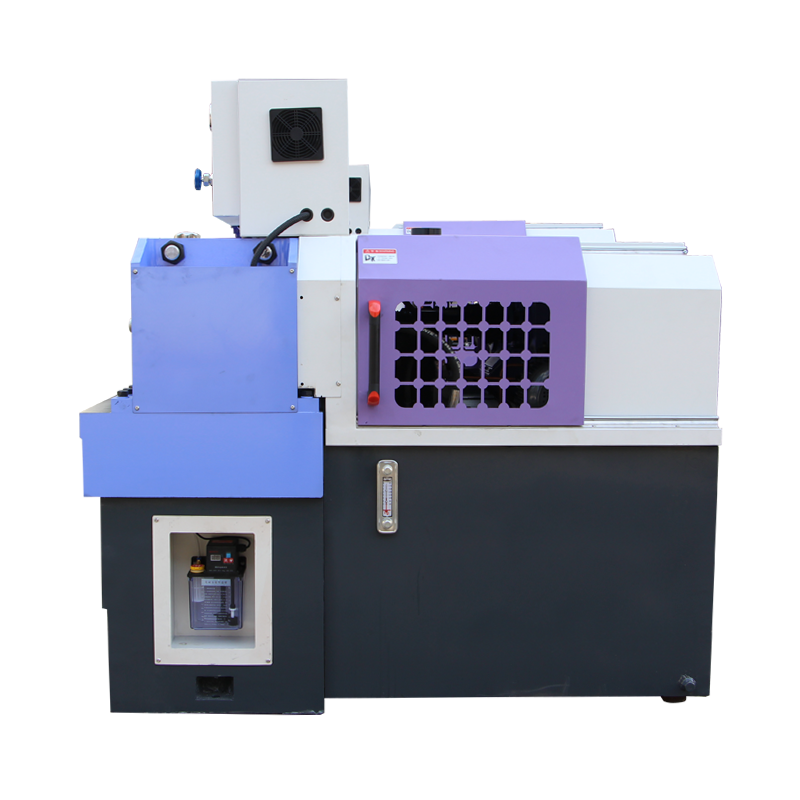
-
 Afrikaans
Afrikaans -
 Albanian
Albanian -
 Amharic
Amharic -
 Arabic
Arabic -
 Armenian
Armenian -
 Azerbaijani
Azerbaijani -
 Basque
Basque -
 Belarusian
Belarusian -
 Bengali
Bengali -
 Bosnian
Bosnian -
 Bulgarian
Bulgarian -
 Catalan
Catalan -
 Cebuano
Cebuano -
 Corsican
Corsican -
 Croatian
Croatian -
 Czech
Czech -
 Danish
Danish -
 Dutch
Dutch -
 English
English -
 Esperanto
Esperanto -
 Estonian
Estonian -
 Finnish
Finnish -
 French
French -
 Frisian
Frisian -
 Galician
Galician -
 Georgian
Georgian -
 German
German -
 Greek
Greek -
 Gujarati
Gujarati -
 Haitian Creole
Haitian Creole -
 hausa
hausa -
 hawaiian
hawaiian -
 Hebrew
Hebrew -
 Hindi
Hindi -
 Miao
Miao -
 Hungarian
Hungarian -
 Icelandic
Icelandic -
 igbo
igbo -
 Indonesian
Indonesian -
 irish
irish -
 Italian
Italian -
 Japanese
Japanese -
 Javanese
Javanese -
 Kannada
Kannada -
 kazakh
kazakh -
 Khmer
Khmer -
 Rwandese
Rwandese -
 Korean
Korean -
 Kurdish
Kurdish -
 Kyrgyz
Kyrgyz -
 Lao
Lao -
 Latin
Latin -
 Latvian
Latvian -
 Lithuanian
Lithuanian -
 Luxembourgish
Luxembourgish -
 Macedonian
Macedonian -
 Malgashi
Malgashi -
 Malay
Malay -
 Malayalam
Malayalam -
 Maltese
Maltese -
 Maori
Maori -
 Marathi
Marathi -
 Mongolian
Mongolian -
 Myanmar
Myanmar -
 Nepali
Nepali -
 Norwegian
Norwegian -
 Norwegian
Norwegian -
 Occitan
Occitan -
 Pashto
Pashto -
 Persian
Persian -
 Polish
Polish -
 Portuguese
Portuguese -
 Punjabi
Punjabi -
 Romanian
Romanian -
 Russian
Russian -
 Samoan
Samoan -
 Scottish Gaelic
Scottish Gaelic -
 Serbian
Serbian -
 Sesotho
Sesotho -
 Shona
Shona -
 Sindhi
Sindhi -
 Sinhala
Sinhala -
 Slovak
Slovak -
 Slovenian
Slovenian -
 Somali
Somali -
 Spanish
Spanish -
 Sundanese
Sundanese -
 Swahili
Swahili -
 Swedish
Swedish -
 Tagalog
Tagalog -
 Tajik
Tajik -
 Tamil
Tamil -
 Tatar
Tatar -
 Telugu
Telugu -
 Thai
Thai -
 Turkish
Turkish -
 Turkmen
Turkmen -
 Ukrainian
Ukrainian -
 Urdu
Urdu -
 Uighur
Uighur -
 Uzbek
Uzbek -
 Vietnamese
Vietnamese -
 Welsh
Welsh -
 Bantu
Bantu -
 Yiddish
Yiddish -
 Yoruba
Yoruba -
 Zulu
Zulu
Price List and Quotes for Thread Rolling Machines
Understanding the Price List of Thread Rolling Machines
In the modern manufacturing landscape, thread rolling machines are essential for producing high-strength threaded components efficiently. These machines play a crucial role across various industries, including automotive, aerospace, and general engineering. With the growing demand for precision-engineered fasteners, understanding the pricing of thread rolling machines is vital for manufacturers looking to optimize their production processes.
What is a Thread Rolling Machine?
A thread rolling machine is designed to create threads on metal workpieces through a process called cold forming. This technique involves rolling the workpiece between two rotating dies that impart the desired thread profile. The advantages of using thread rolling over traditional cutting methods include improved material strength, reduced waste, and enhanced production speed. As a result, thread rolling machines are valuable investments for companies aiming to maintain competitiveness in a price-sensitive market.
Factors Affecting the Price of Thread Rolling Machines
1. Type of Machine The price of a thread rolling machine can vary significantly based on its type. There are different configurations such as flat die, cylindrical die, and multi-station machines. Each type offers specific benefits tailored to particular production needs. For example, multi-station machines tend to be more expensive due to their capability to perform several operations simultaneously.
2. Machine Capacity The capacity or size of the machine also influences its price. Machines designed to handle larger materials or higher production volumes typically come with a higher price tag. Manufacturers must consider their production needs when choosing the appropriate machine to ensure cost-effectiveness.
thread rolling machine price list quotes

3. Brand and Quality Established brands often charge a premium for their machine offerings due to the perceived reliability and support that come with their products. Investing in a reputable brand can yield long-term savings through reduced downtime and maintenance costs. However, there are also less-known brands that offer competitive pricing while providing adequate quality.
4. Automation and Features Modern thread rolling machines often come with automated features that enhance productivity and precision. Machines equipped with programmable controls, sensors, and advanced monitoring systems generally command higher prices. While the initial investment may be substantial, the increased efficiency can lead to significant cost savings over time.
5. Market Demand and Supply Like any other industrial equipment, the prices of thread rolling machines are influenced by market dynamics. Fluctuations in demand and supply can result in variations in pricing. For example, during periods of high demand, manufacturers may face increased prices due to production backlogs or shortages of key components.
Estimated Price Range
Typically, the cost of thread rolling machines can range from a few thousand to tens of thousands of dollars, depending on the factors mentioned above. Entry-level or used machines might be available for around $10,000, while advanced, high-capacity models can exceed $100,000. Therefore, manufacturers must conduct thorough market research to find a suitable machine that meets their budget and production requirements.
Conclusion
Investing in a thread rolling machine is a significant decision that impacts a manufacturing company’s operational efficiency and product quality. By understanding the key factors that influence prices, including the type, capacity, brand, and features of the machine, manufacturers can make informed decisions that align with their production goals. As the demand for high-quality threaded components continues to grow, selecting the right thread rolling machine becomes even more critical for long-term success in the industry. Whether a company is looking to buy new or used machinery, knowing the current price trends and options available in the market is essential for strategic planning and investment.
